TPO - In the last days of March, in front of Thay Pagoda (Quoc Oai district, Hanoi ), the cotton flowers are in full bloom, dyeing the whole sky red, making the already sacred atmosphere here even more poetic.
TPO - In the last days of March, in front of Thay Pagoda (Quoc Oai district, Hanoi), the cotton trees are in full bloom, dyeing the sky red, making the already sacred atmosphere here even more poetic.
VIDEO : Watching the red cotton flowers blooming next to a thousand-year-old pagoda in Hanoi. |
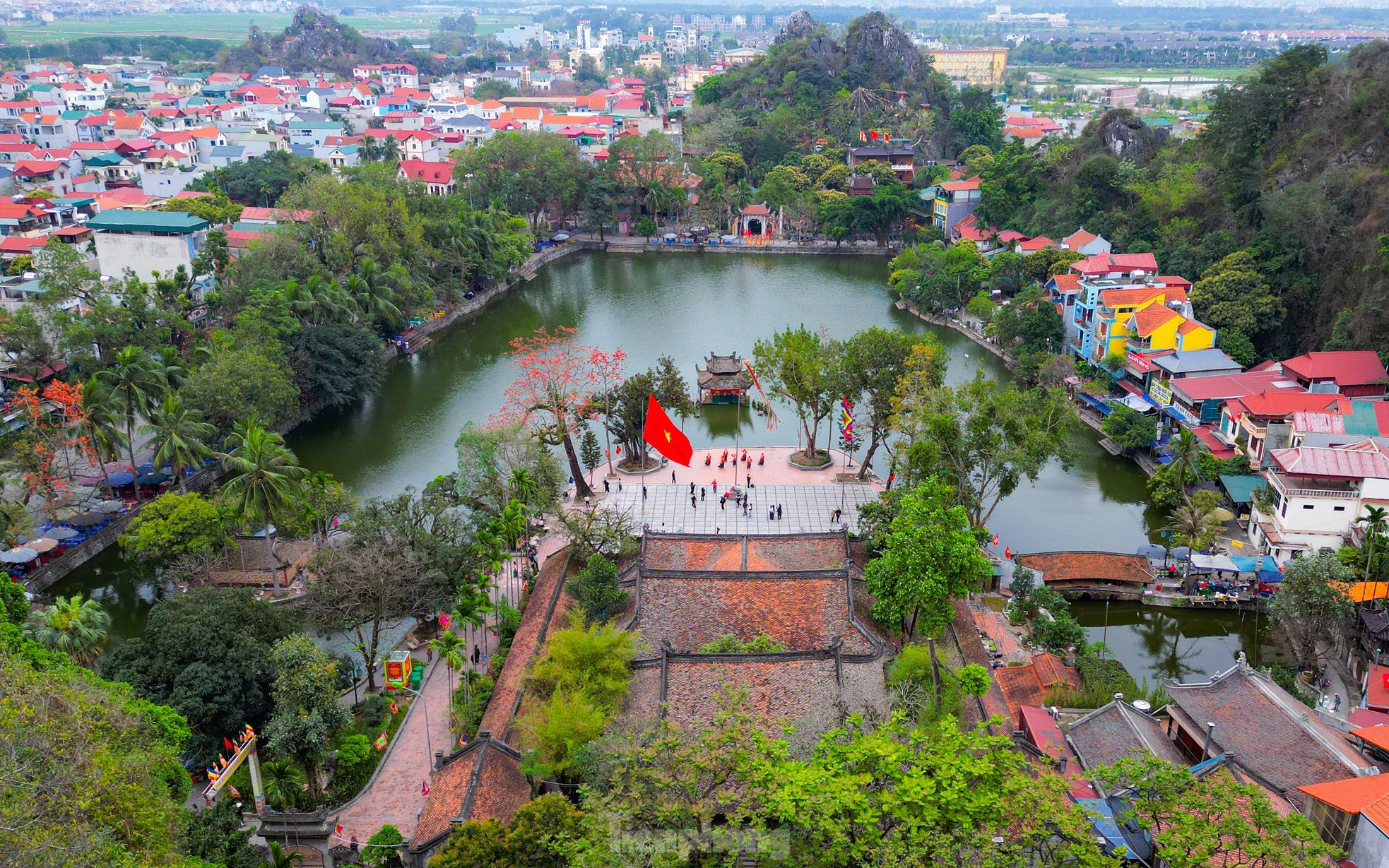 |
Every year, in March, the kapok trees at Thay Pagoda (Sai Son Commune, Quoc Oai District, Hanoi) bloom, dyeing a corner of the pagoda yard red. |
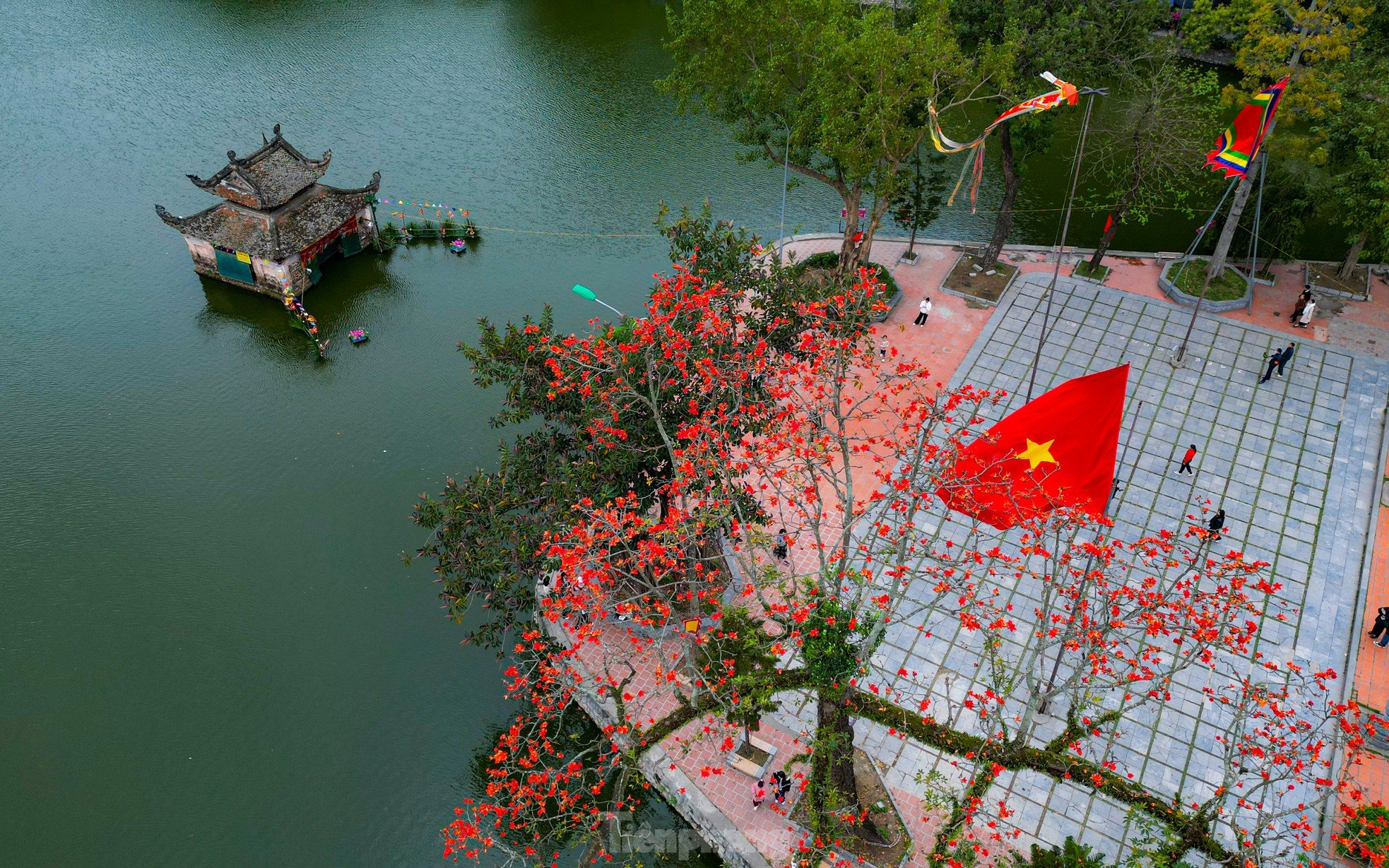 |
Kapok flowers cover the entire yard of Ca Pagoda, reflecting on the calm surface of Long Tri Lake, creating a natural picture that is both magical and peaceful. |
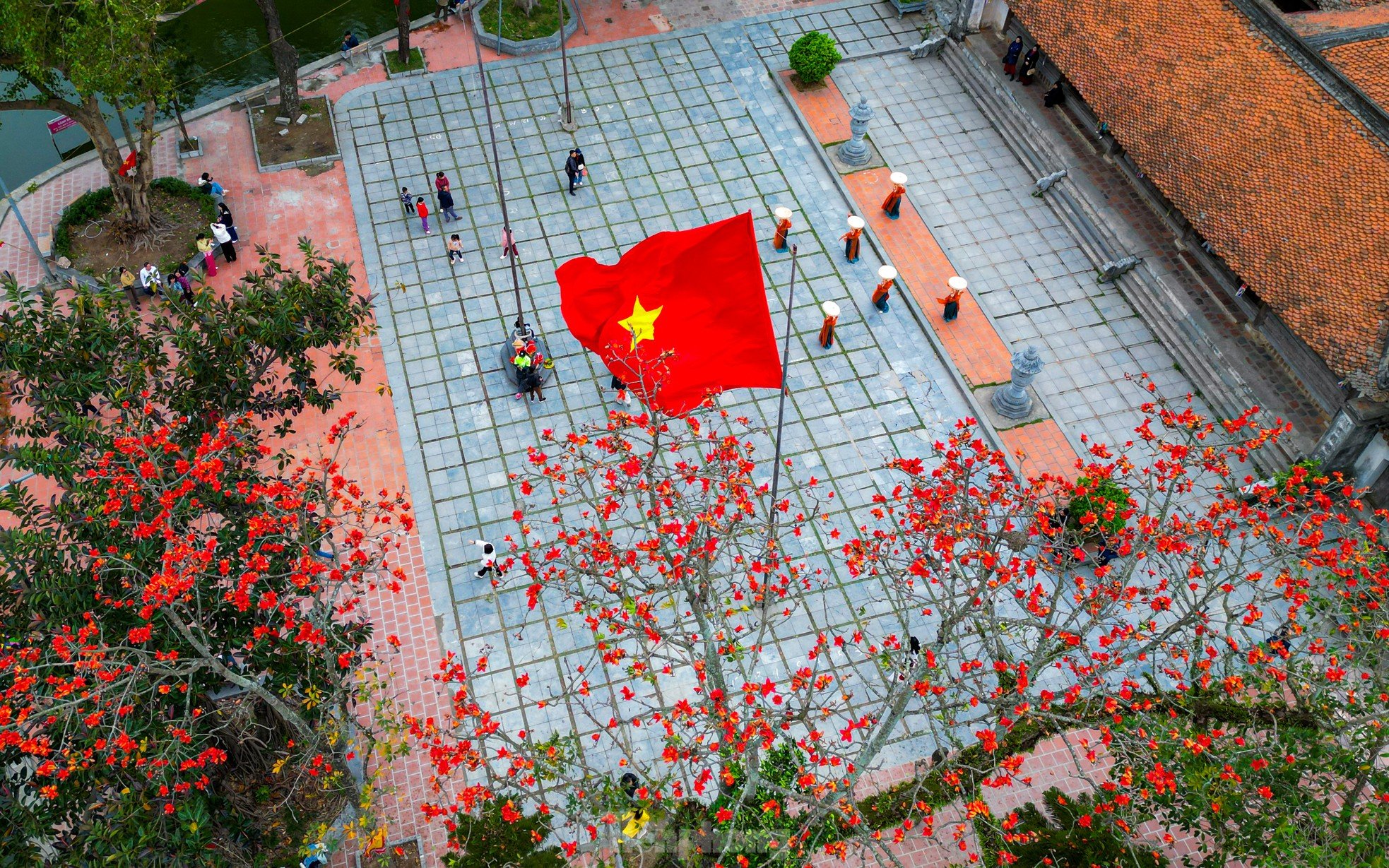 |
The brilliant red color of the cotton flowers stands out against the roof of the ancient temple. |
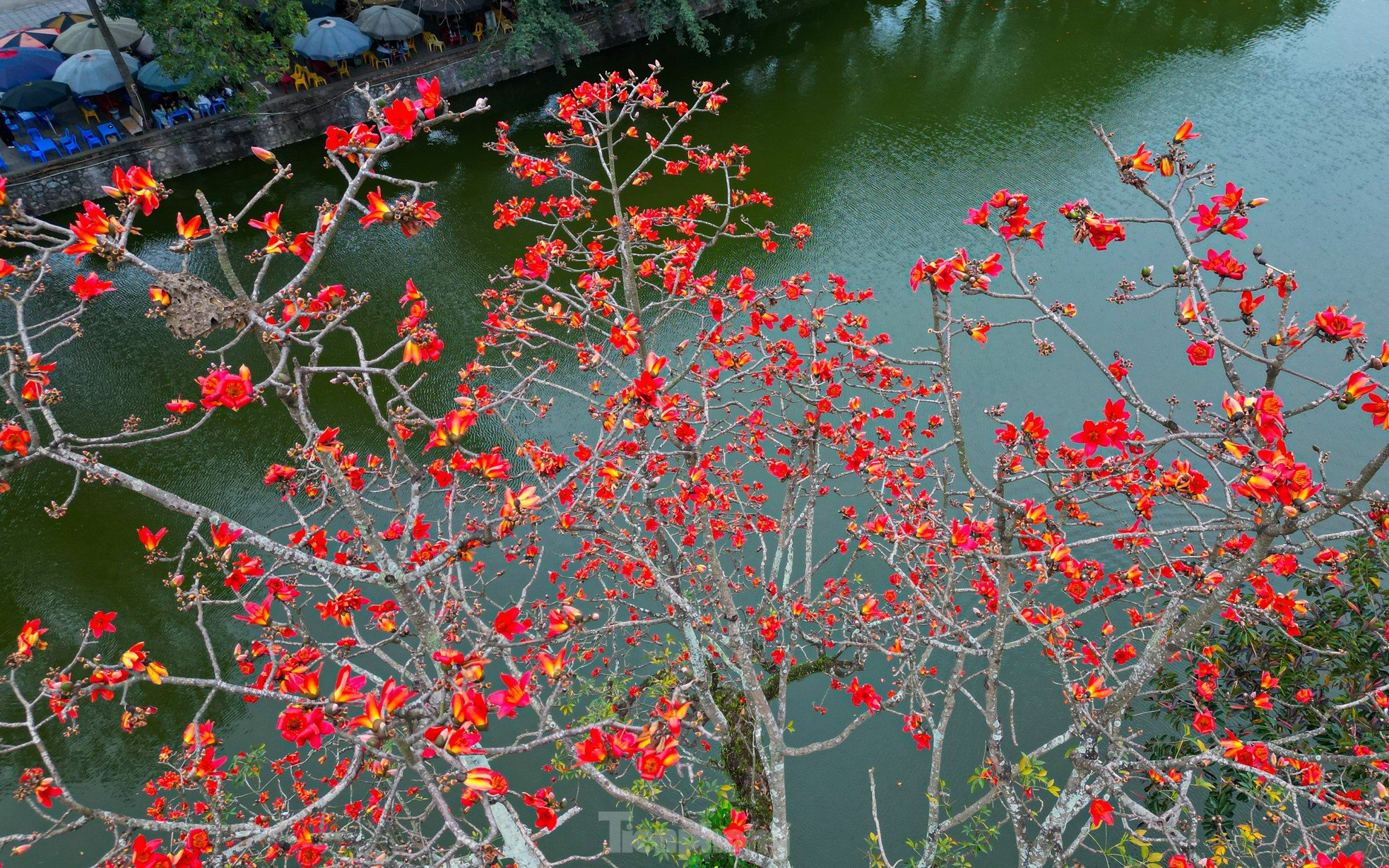 |
Kapok flowers are abundant in the Northern countryside. Their blooming seems to signal that the last cold spells of winter are over and summer is coming. |
 |
Kapok flowers are in full bloom in front of the water pavilion – a unique architectural work, a typical symbol of Thay Pagoda. This water pavilion is where water puppetry is performed and is still used during festivals. |
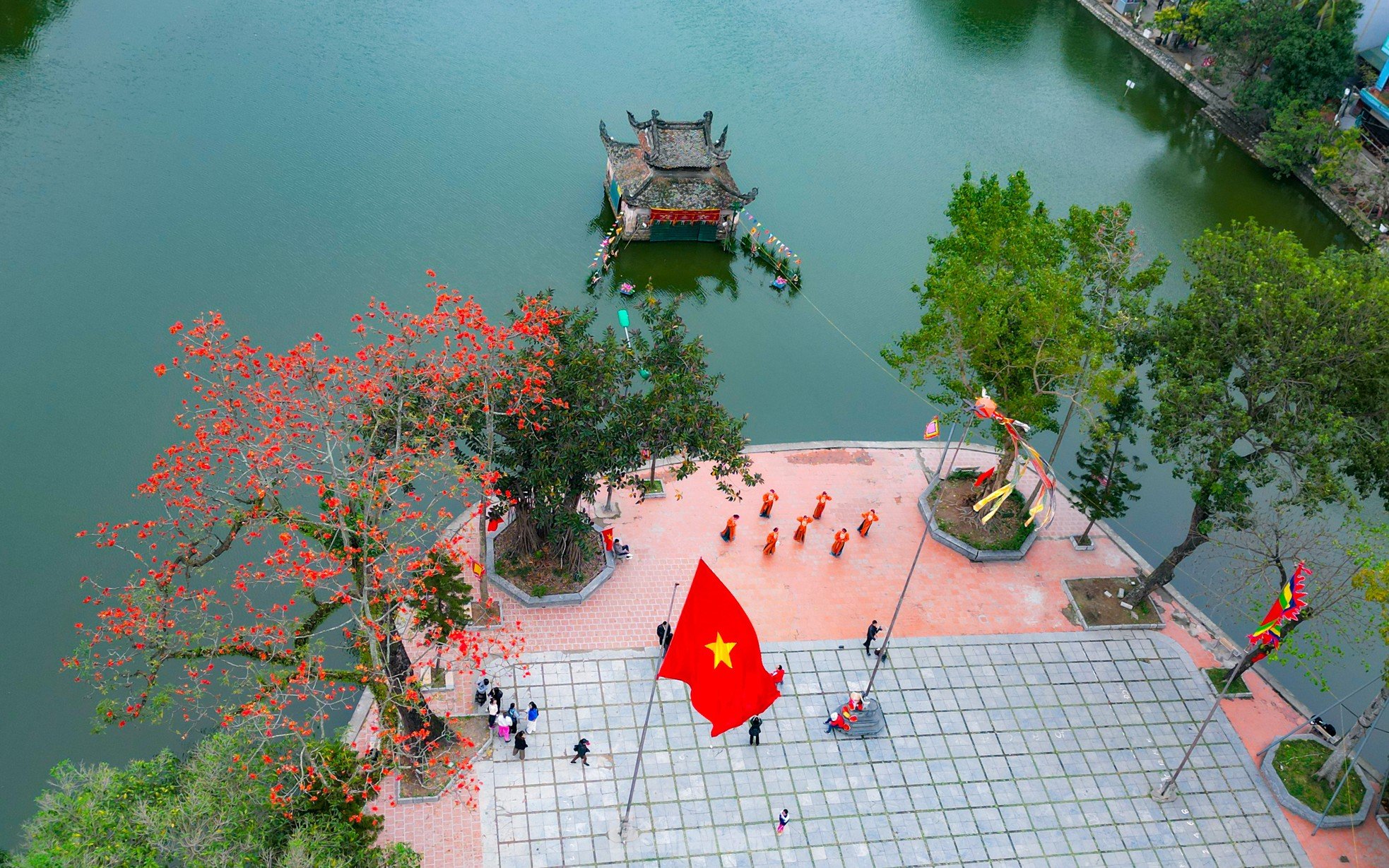 |
At Thay Pagoda, the red color of the cotton flowers not only decorates the ancient landscape but also evokes a nostalgic beauty, bringing visitors back to memories of the old countryside. |
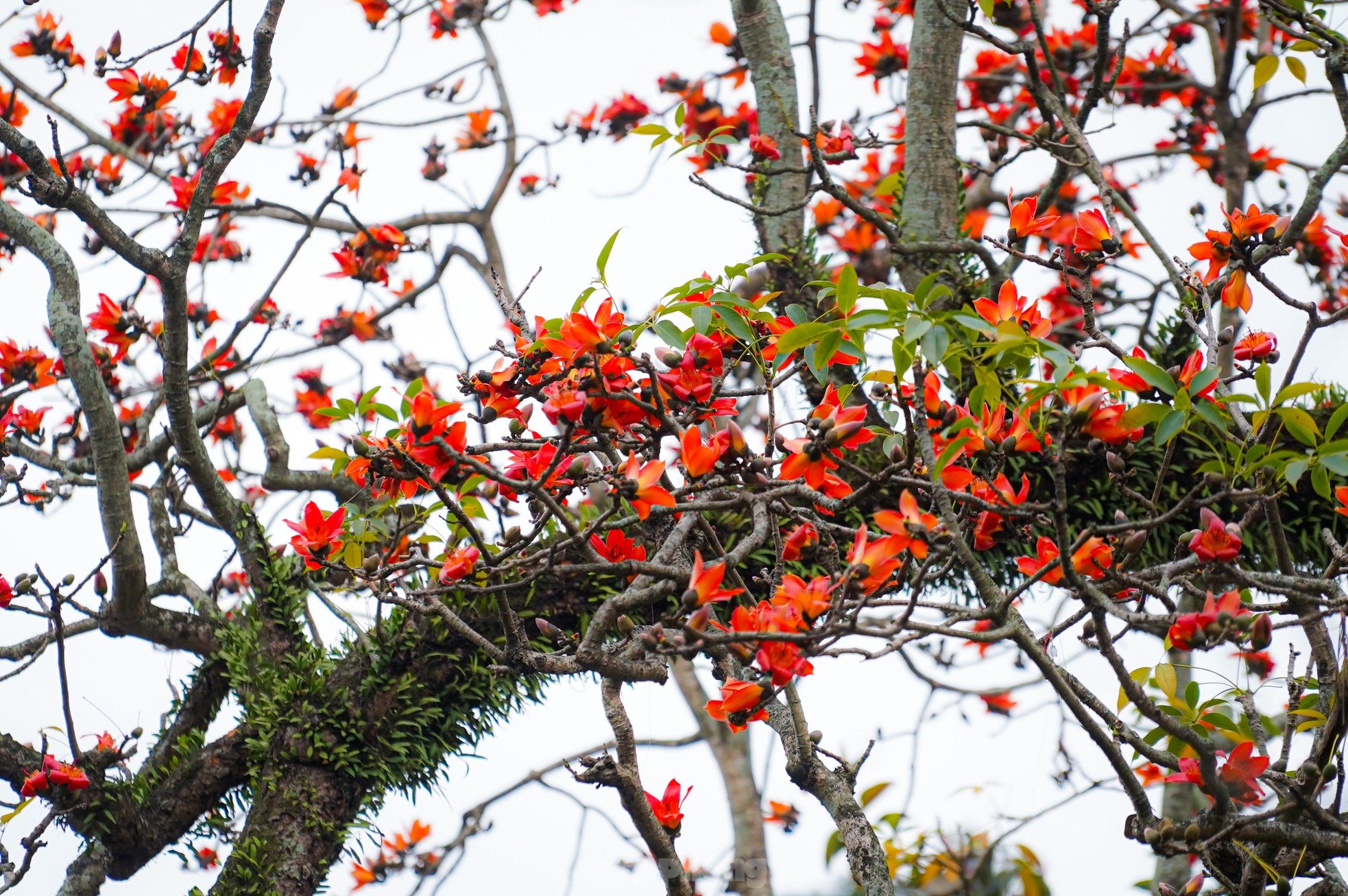 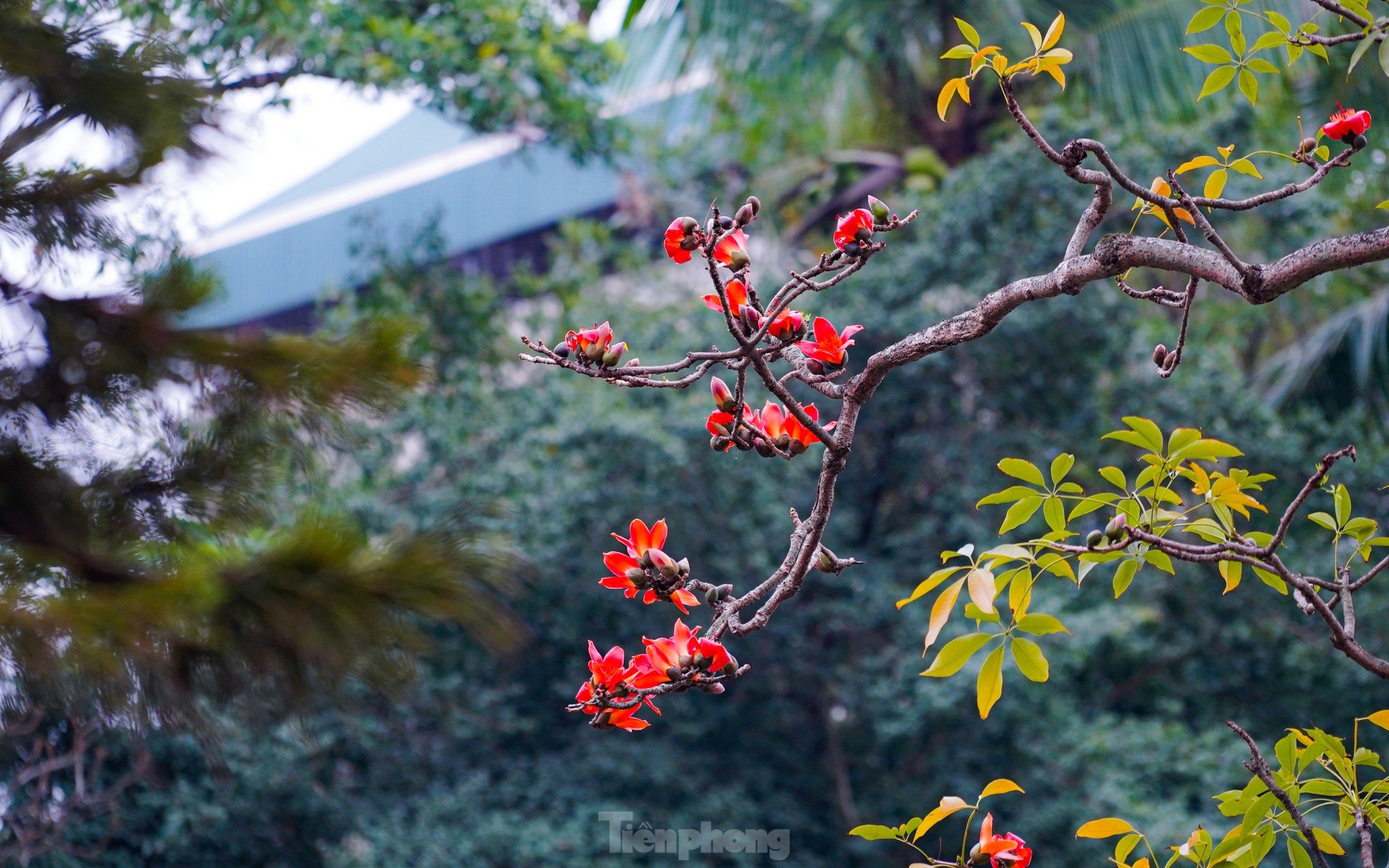 |
During the flowering season, the kapok tree will gradually lose all its leaves, leaving only bright red flowers on the branches. |
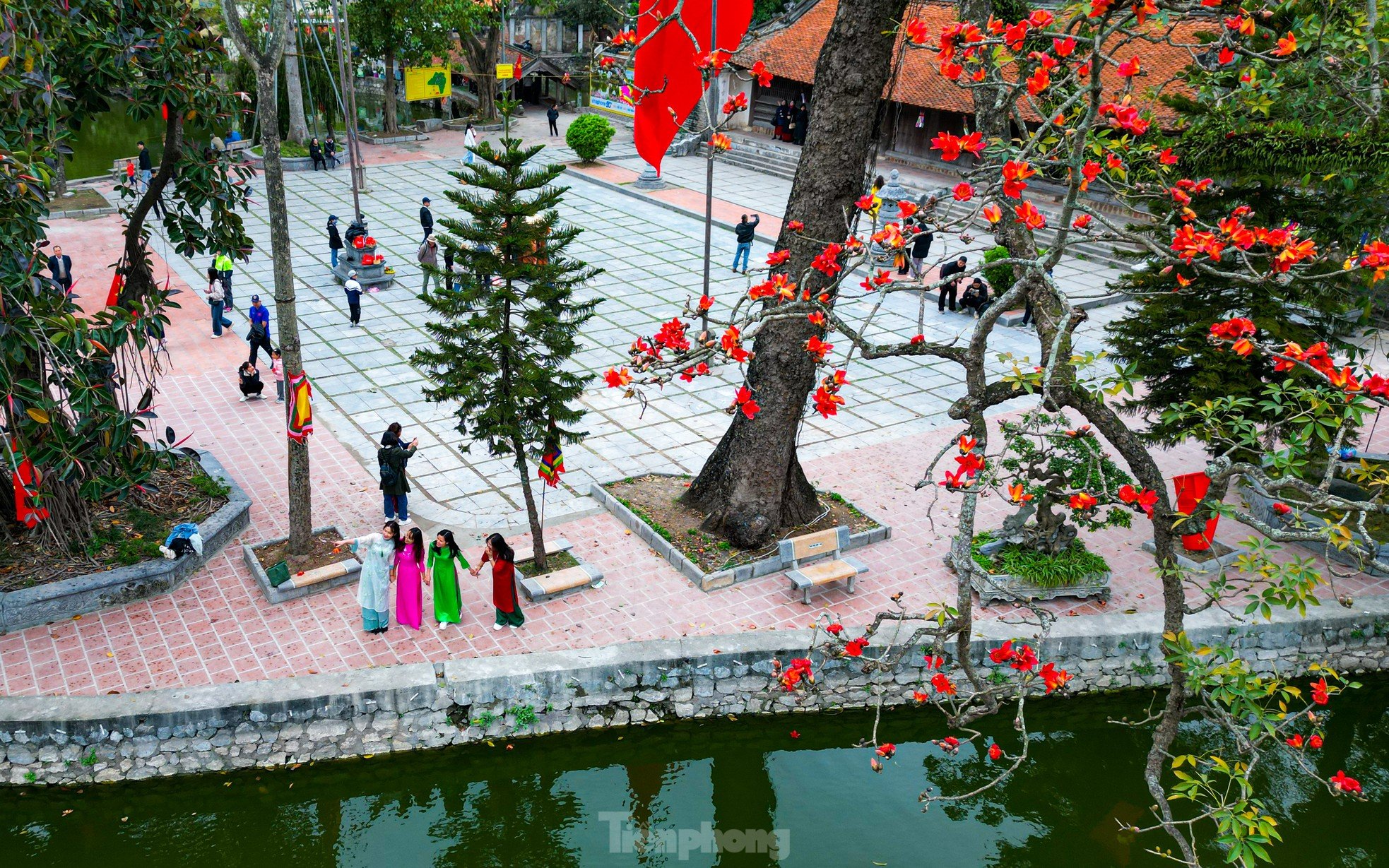 |
Many tourists visiting Thay Pagoda are fascinated by the brilliant red color of the cotton flowers, taking the opportunity to check-in to capture beautiful moments. |
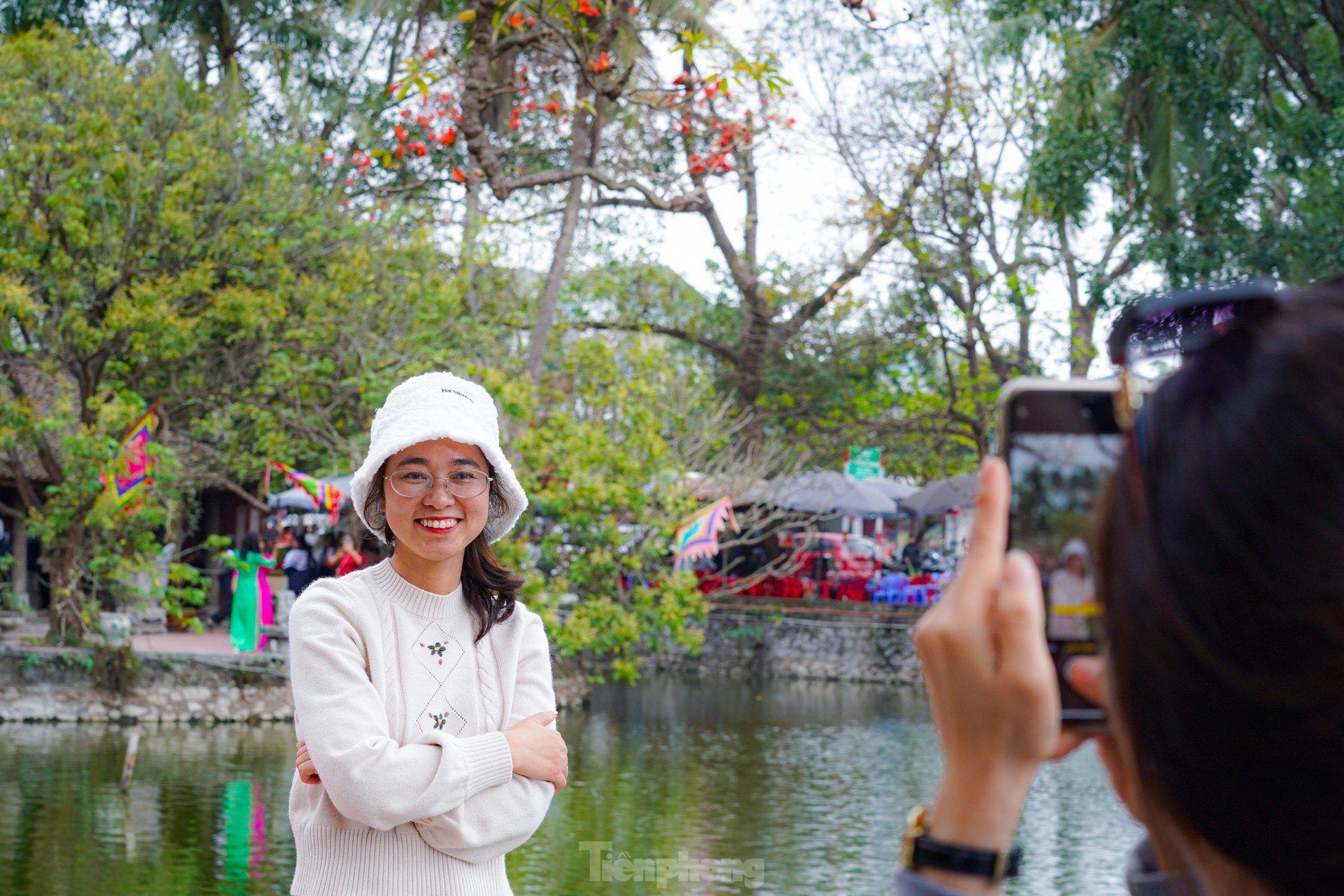 |
Thay Pagoda is a favorite destination for young people to check-in every time the flowers bloom bright red. |
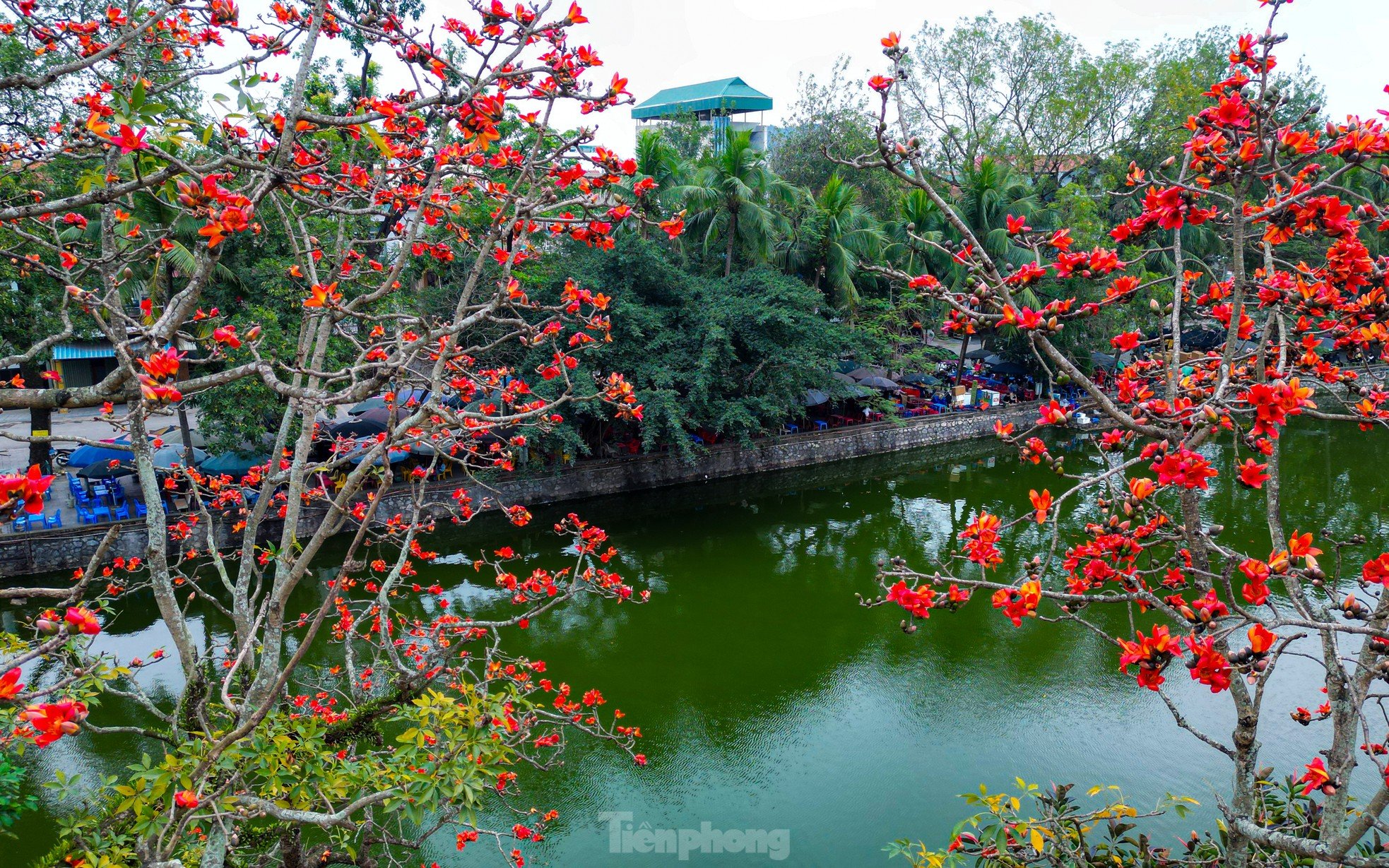 |
| The silk cotton flower is also known by beautiful names such as the cotton tree flower or the Po Lang flower (according to the name of the Central Highlands people). This flower is associated with many legends and folklore, symbolizing simplicity, loyalty and strong vitality. |
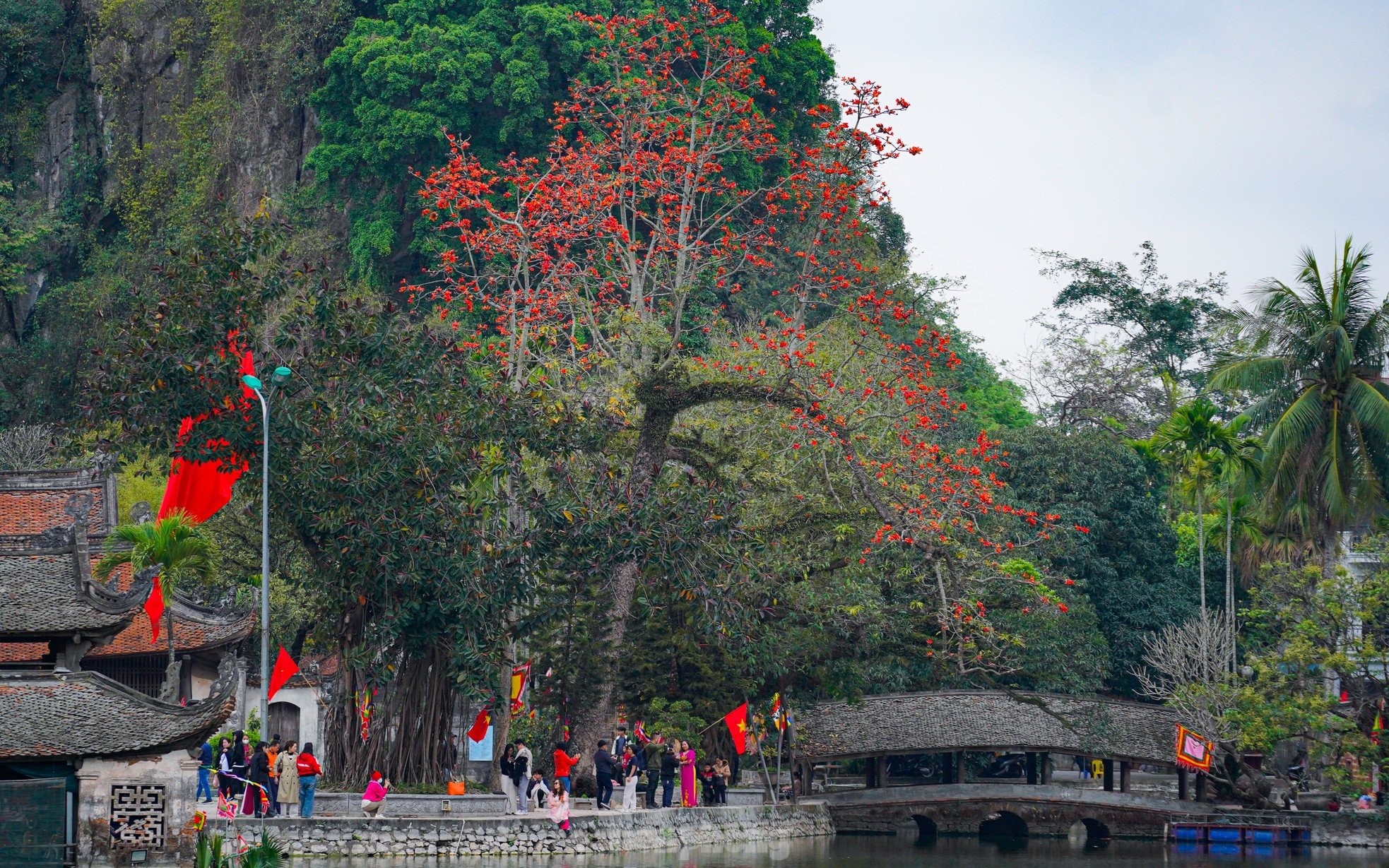 |
Not only present in the Northern Delta or the Central Highlands, the kapok flower also appears in many regions, becoming a familiar image in the memories of many generations, evoking a feeling of nostalgia for peaceful childhood days. |
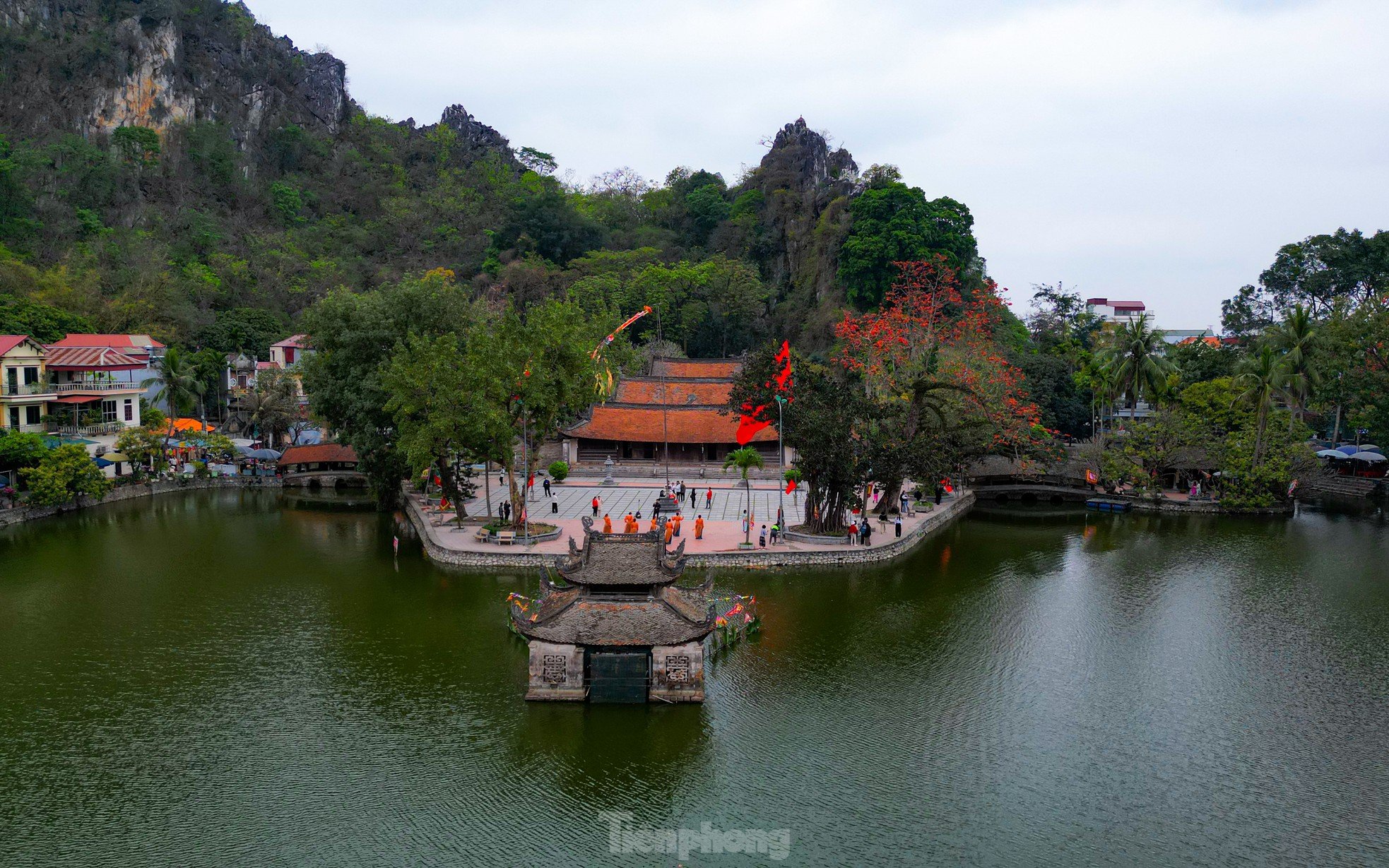 |
Thay Pagoda is one of the oldest pagodas in Vietnam, built during the Ly Dynasty, with the Chinese name Thien Phuc Tu, located at the foot of Sai Son Mountain or Phat Tich Mountain in Sai Son Commune, Quoc Oai District, Hanoi. |
Source: https://tienphong.vn/ngam-hoa-gao-do-ruc-ben-ngoi-chua-nghin-nam-tuoi-o-ha-noi-post1729401.tpo




![[Photo] Welcoming ceremony for Prime Minister of the Kingdom of Thailand Paetongtarn Shinawatra on official visit to Vietnam](https://vphoto.vietnam.vn/thumb/1200x675/vietnam/resource/IMAGE/2025/5/16/cdd9e93739c54bb2858d76c3b203b437)
![[Photo] Prime Minister Pham Minh Chinh holds talks with Prime Minister of the Kingdom of Thailand Paetongtarn Shinawatra](https://vphoto.vietnam.vn/thumb/1200x675/vietnam/resource/IMAGE/2025/5/16/23b5dd1e595d429491a54e3c1548fb79)
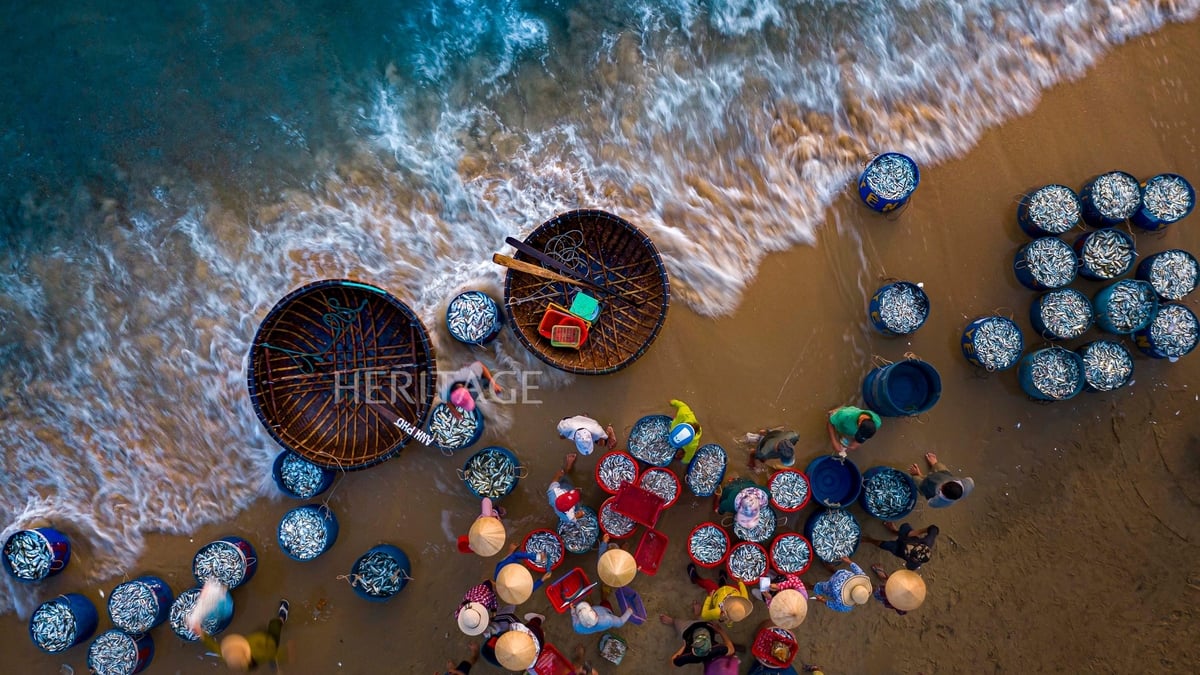

![[Photo] The Prime Ministers of Vietnam and Thailand witnessed the signing ceremony of cooperation and exchange of documents.](https://vphoto.vietnam.vn/thumb/1200x675/vietnam/resource/IMAGE/2025/5/16/935407e225f640f9ac97b85d3359c1a5)
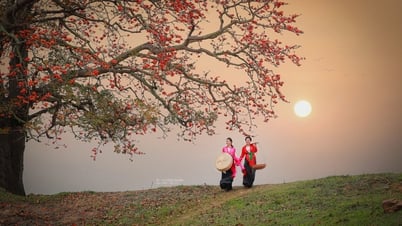

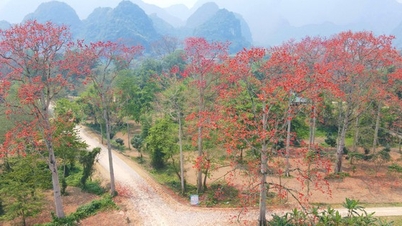



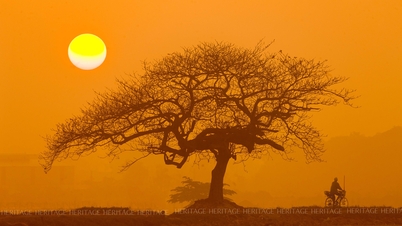



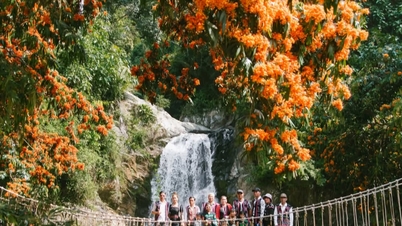

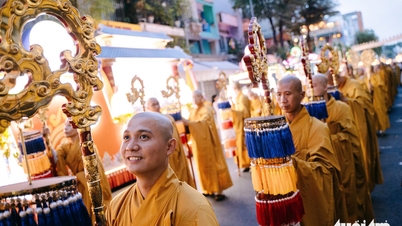


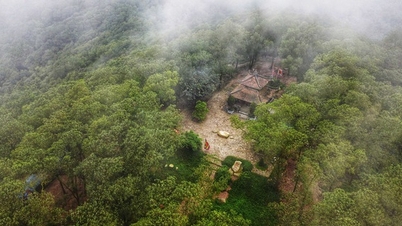
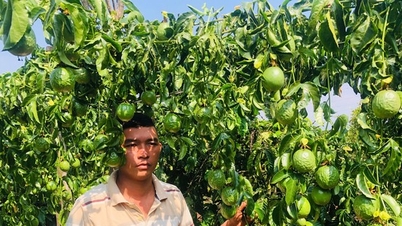










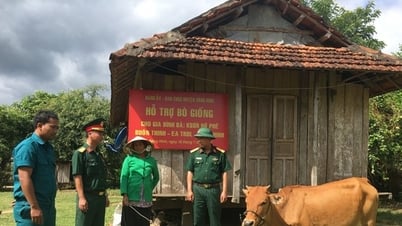








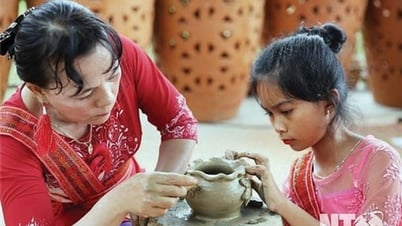

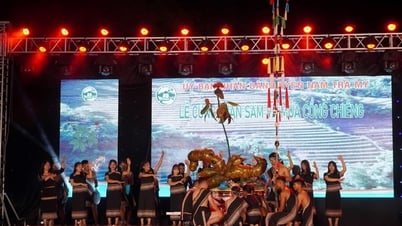








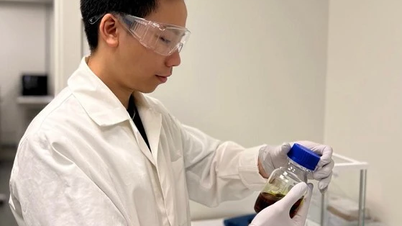




























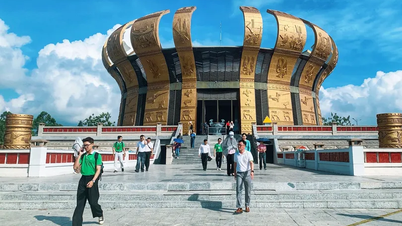



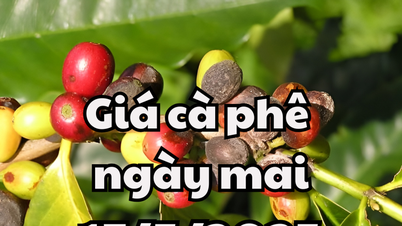












Comment (0)